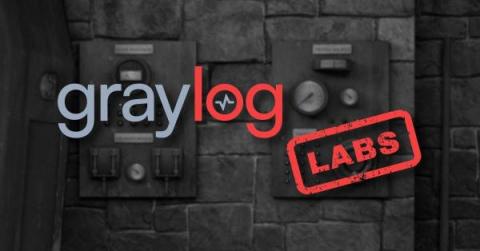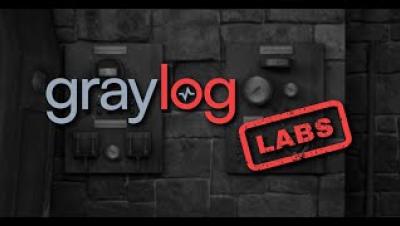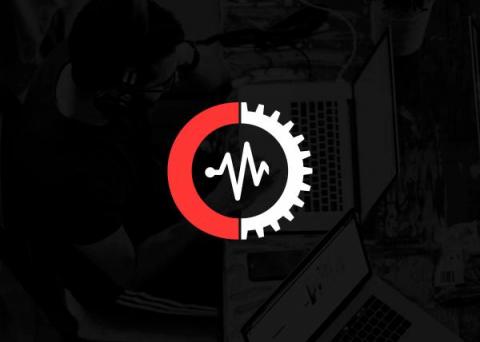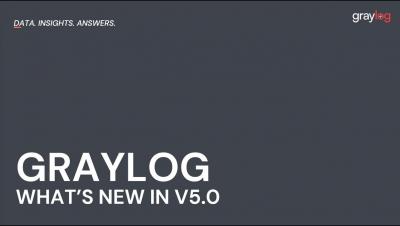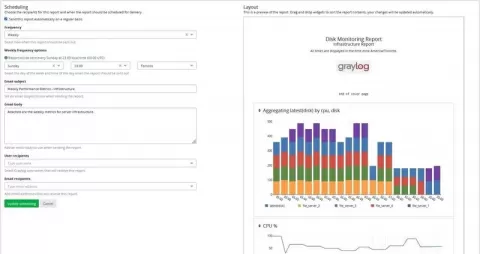What You Need to Know About Log Management Architecture
You’ve made the decision to implement a centralized log management solution because you know that it’s going to save you time and money in the long term. However, to get the most bang for your log management buck, you need to understand how the different parts of your log management deployment work. Once you understand each resource, you can implement a more efficient log management architecture.


